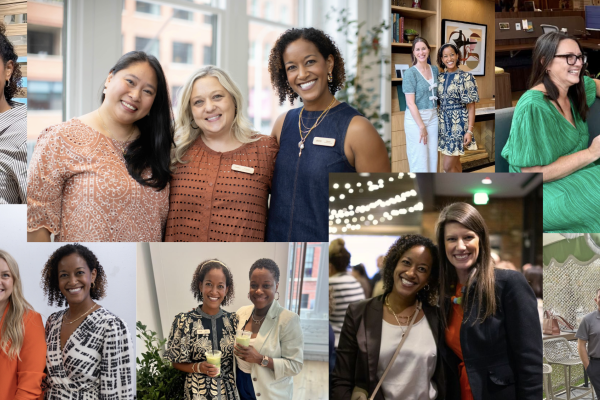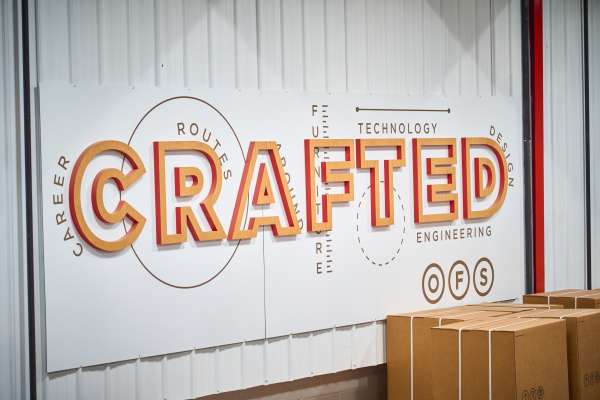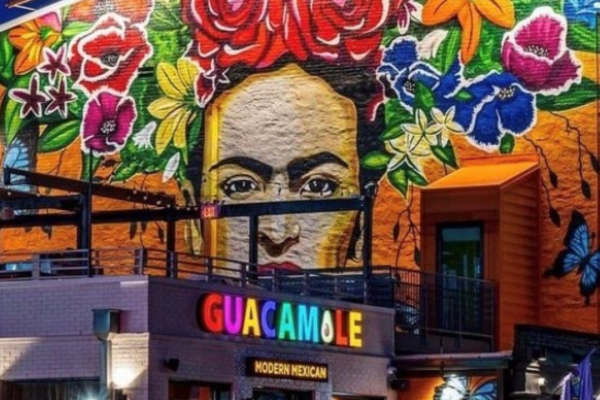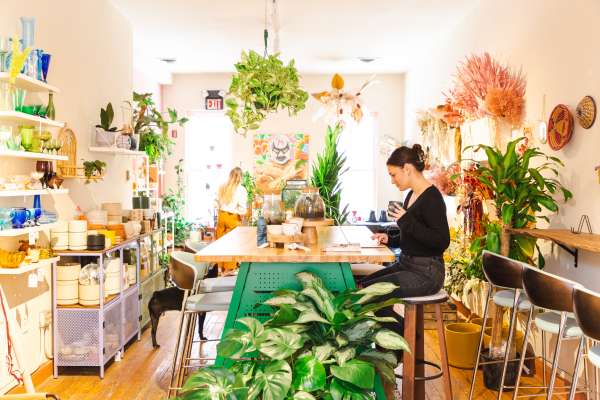A bit of history
To know the soul of America’s story, go to Detroit. Few places in this country have experienced so much humanity in such a short period of time. In the last century, Detroit cultivated new industry and culture, felt the weight of a changing world, fell into decline, and now, is building something new. Because today, with a lot of hope and grit, the people of Detroit are using their lives to tell the story of the city—and write its next chapter together. We were recently able to be part of a project in Detroit’s historic Guardian Building, located right in the heart of the city.
The Guardian Building was completed in 1929 under the leadership of prolific architect Wirt Rowland. His esteemed work shows up throughout downtown Detroit in the buildings of his era, but the Guardian Building was unique in terms of the creative freedom he was afforded.
A chat with Shannon Haag
The Union Trust Group knew Wirt Rowland’s work as an architect, so they requested him specifically. He was pretty much given a blank check by the company. They wanted this place to be a showpiece. He wanted it to be a statement—where people would say, “Holy cow!” and “What do you think you’re doing?” in the same breath. And that’s what they made together.
When the building opened, it was nicknamed the “Cathedral of Finance” and for good reason—it really
looks like a cathedral.
My favorite detail is the “stepping” motif you see carved in the marble and painted on the ceiling—you’ll see that detail on every single floor of this building. What’s amazing to me is that the architect took this one element and used it throughout the entire building in so many various, creative ways that if you’re not looking, you’ll miss it. But when it’s pointed out, you’ll be amazed you couldn’t see it before.
The promenade is now a very popular space for weddings and special events since we’ve been able to expand our floor space. The new furniture has been a really great thing because it’s easy enough to move that we can completely clear the promenade area and leave it open for any setup someone might want for their special event.
It feels comfortable in here. I can have a conversation with you, and I don’t feel like it’s echoing through the whole place. But the ceiling is four stories tall, so how are things not echoing? The ceiling is canvas, but behind it is actually woven horsehair, applied to the plaster underneath. That makes the ceiling acoustically sound, so it absorbs the noise. It’s because this was a bank lobby, and if I am talking over here, I don’t want the person over there knowing that I’m “leaving my husband and taking my $5 million with me” [laughs].
You know, we hear a lot of times that Detroit’s the comeback city, right? Well, I’d like to think about the way that we brought back the promenade here as an opportunity for all Detroiters and non-Detroiters to come and hang out and have a conversation with someone in this beautiful space, enjoy the architecture, and learn more.
A chat with Erica Kimber
The first time I walked in here I was instantly intrigued, so when I was asked to be a part of it, I couldn’t help but say yes. I couldn’t even really take on any more projects, but I just said yes because there was no way I was going to turn down this opportunity [laughs]. I made it work.
I was instantly fascinated with the history and beauty still alive here.
I was down here before the renaissance really started happening. My family thought I was crazy for even moving into town, but it was pretty cool.
I tried to select furniture and finishes that paid homage to the interior architecture and history without competing with it. Every single detail in here is such an ornate, artistic piece, I didn’t want the design to conflict at all. It was like tiptoeing around to make the right decision, so I really overanalyzed and overthought, which is kinda goofy because it was really just the furniture. We weren’t even painting or doing anything to the floor, but I still felt very intimidated.
People work differently, so the intent for the reactivation of this space was to provide a variety of different seating, with café tables and chairs to compliment the coffee bar, some lounge areas for more casual meetings, or even the high top tables with power integrated for some heads-down work.
I would say the starting point was finding a palette that complimented the warm tones in the floor and the stone on the walls, then tying in the colors in the interior architecture by including pops of color throughout the lounge pieces.
When I found out that I was asked to be a part of this project, I was super excited because I’ve always been a fan of this building since I first found it.
What am I most proud of? Maybe just seeing it all come together and knowing that I didn’t totally botch it [laughs].














